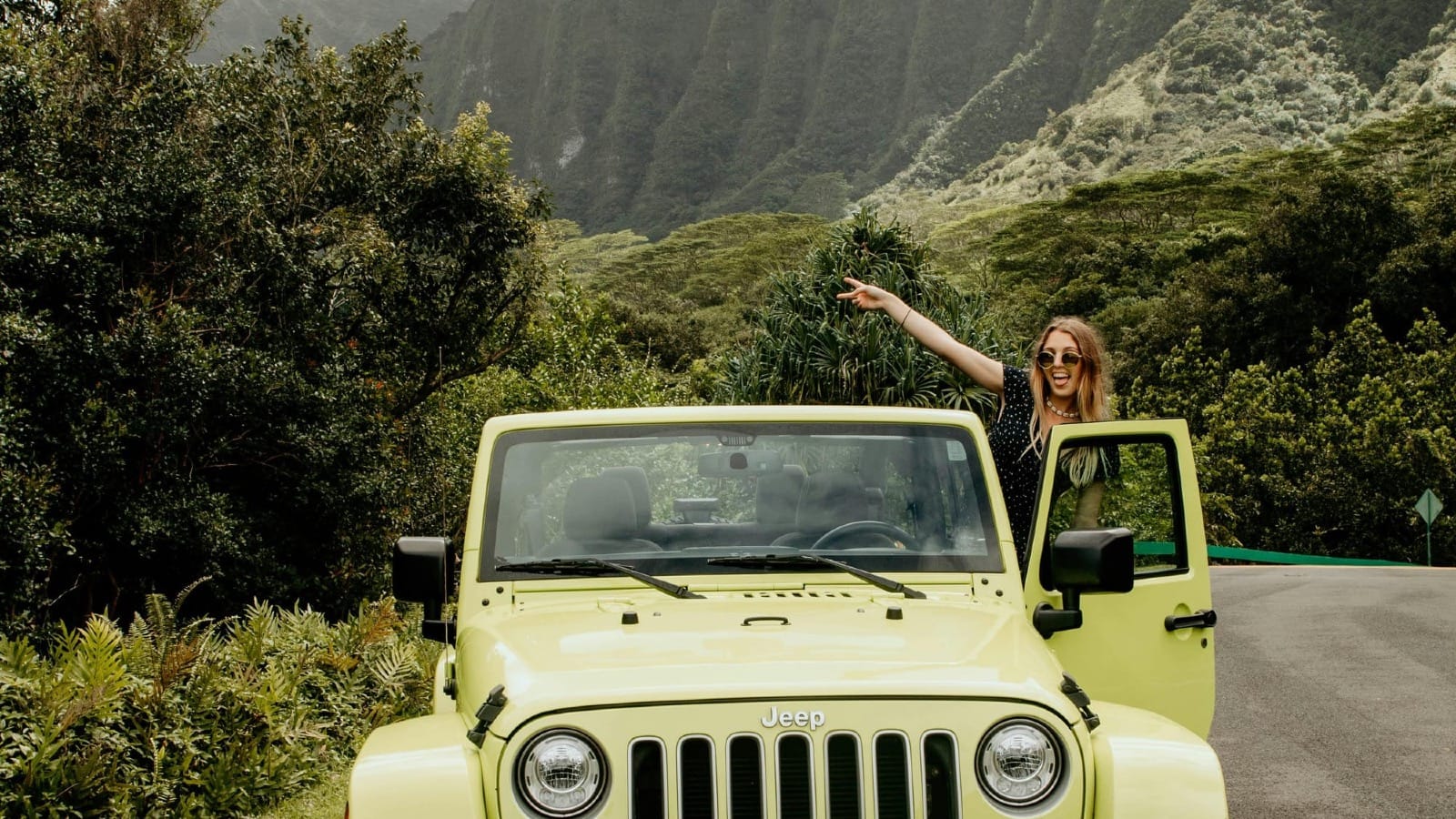The Summer of Fewer Mustangs: What's Really Happening to Hawai'i Tourism (Mid-2025)

I was driving to town the other day and noticed something. It wasn't the bright yellow blossoms of the shower trees in full bloom. It was the complete lack of convertible mustangs on the road.
Normally in summer, they're everywhere. Rental barcodes in the window. Tops down, hair flying, visitors looping around Oʻahu like it's a theme park circuit. But this time? Quiet. Fewer Mustangs. Less movement.
So I dug into what was happening.
Hawai'i Isn't Slowing Down. It's Getting Squeezed.
I always expect fewer people on the roads during school break. That usually makes it easier to spot the convertible rental cars with their iPhones raised above windows taking videos. I've seen a lot less of those lately.
But the tourists that are coming, they're spending four times more per person. The average daily spend is pushing $280, with some segments hitting $300+. Get to $350, and that's influencer money. Looks great on Instagram, but it is also where demand starts to break.
We're not in the middle of a boom, a correction or realignment. We're watching a saturation strategy. Fewer people spending more in real time. Which works, until it doesn't.
June 2025 is already "significantly down" compared to last year. Industry insiders are calling it "the slowest we've seen in quite some time."
Who's Left
Mostly U.S. visitors. Mainland. 80%+ of all traffic.
International markets? Still soft. Japan's down 56% from 2019. Canada declining with double-digit capacity cuts. But here's what's not clocking - Hawaiian Airlines is actually adding flights and seats for summer while hotels report major softness. The disconnect suggests people are coming but staying with friends, families or van life?
What's left are two extremes: aunties and uncles, affluent travelers who can still swing the $5K week in Wailea, and under-35s who'll skip rent for a shot at the North Shore. Everyone in between is getting priced out.
But there's something else happening. People are booking literally two weeks out instead of months ahead. This isn't YOLO or living in the moment. Federal policies change by the hour now. Why book months ahead when everything could be different tomorrow?
The Rental Cars Don't Lie
Fleet sizes are mixed. Traditional companies are dropping prices as inventory normalizes, but Turo operators are scaling back due to tightening claims and rising host risk. When there are fewer cars available through peer-to-peer platforms, there are fewer people coming through those channels.
Maui is banning thousands of Airbnbs. Counties across the islands are facing increasing fines and restrictions. Hotels win, but prices climb and options disappear for tourists.
The Infrastructure Was Never Built for This
Even with fewer visitors, infrastructure is still overwhelmed.
Maui's airport completed sixty-two million in upgrades, but it's still chronic congestion and inadequate facilities. The upgrades look great but don't add real capacity.
Statewide, we're running well above sustainable capacity. No amount of Green Fee money fixes a system that's structurally behind its own demand. And that's before adding 230,000 daily visitors to infrastructure designed primarily for permanent residents.
All the Projections Say the Same Thing
I've looked at every forecast. Optimistic recovery. Baseline continuation. Stress test. Diversification success.
Different plates, same scoops: Infrastructure stays over capacity and mainland dependence stays dangerously high. U of H says full recovery won't happen until 2028. Four percent decline over two years. One-point-six billion reduction in real spending by 2026.
What This Means
If you run anything tied to tourism, stop waiting for volume to return. Plan for high-spend, low-count visitors. Plan for slower seasons, more friction, fewer international bookings. Or, maybe this is the year that "sustainable" stops becoming a buzzword and something viable that local businesses can lean into.
All counties will see tourism employment decline. This isn't just changing who visits. It's changing who works.
And that's what's most painful of all. Those dependent on tourism related jobs might not be able to laterally move into construction projects like the Aloha Stadium rebuild and Rail expansion. Like travel, federal policies and tariffs have likely changed the trajectory of those projects as well. It just hasn't made it to the news.
This isn't about recovery. It's about adapting to something that might last until 2028.
The Roads Know
I'll take a folding chair in the back of a pickup over a convertible any day. But I'd like to see a few more of those Mustangs on the roads, just so my friends aren't worried about their next paycheck.
Data: Hawaii DBEDT visitor statistics, UHERO economic projections, SFGATE industry reporting, Manus AI tourism analysis


Member discussion